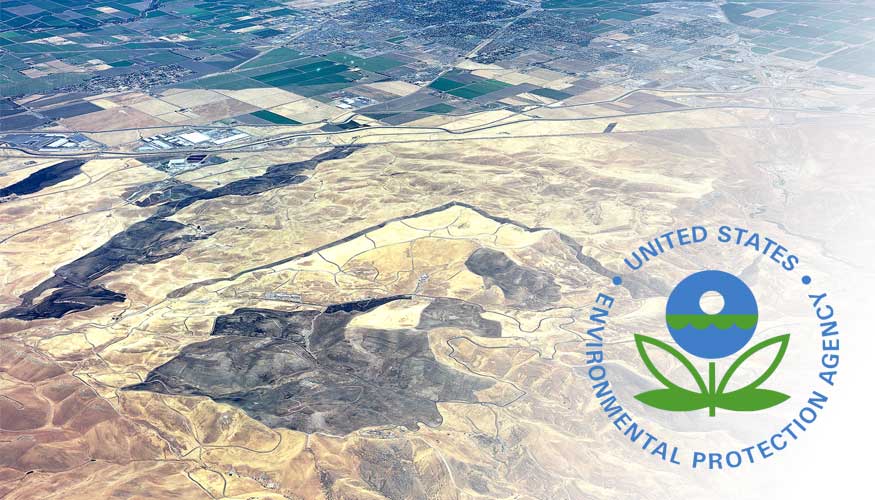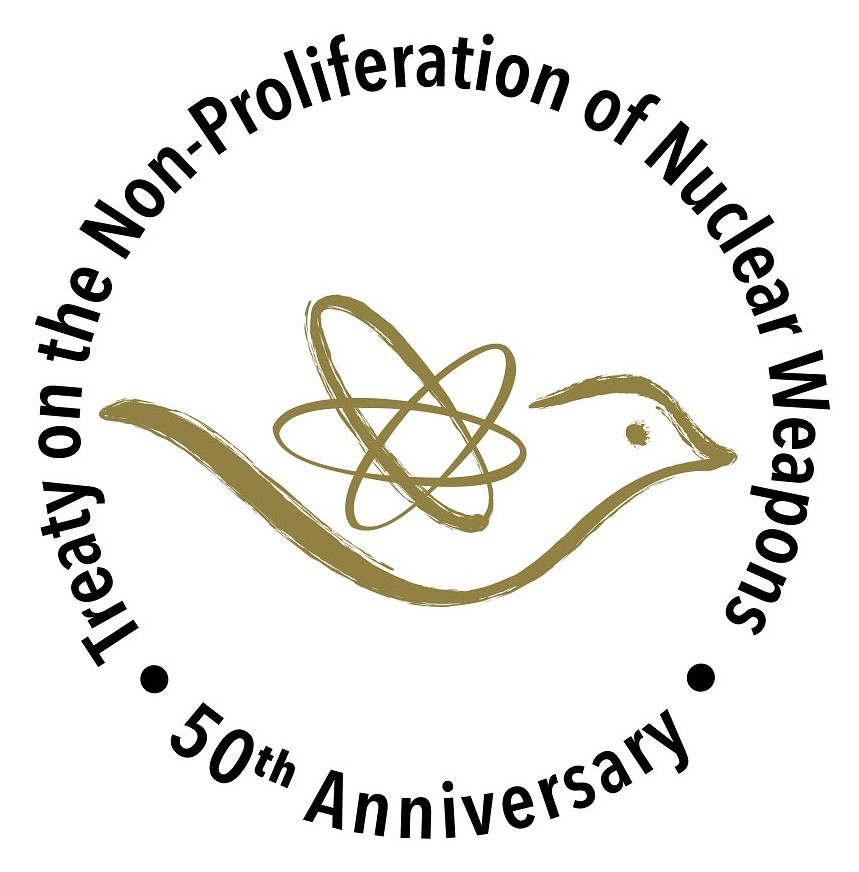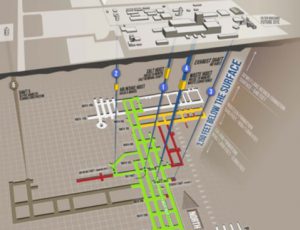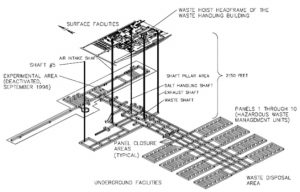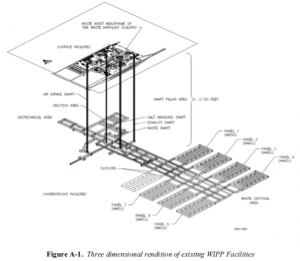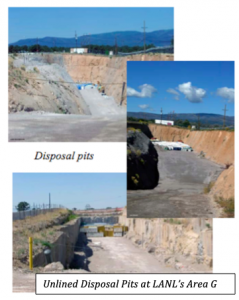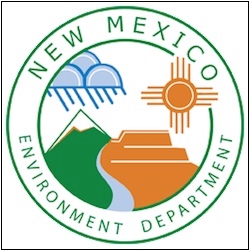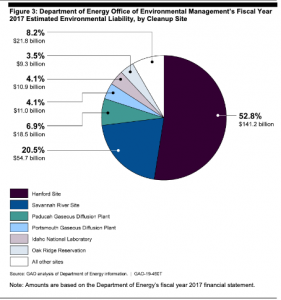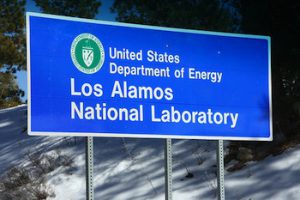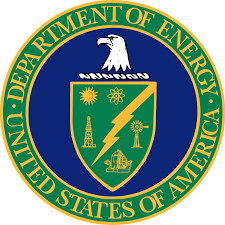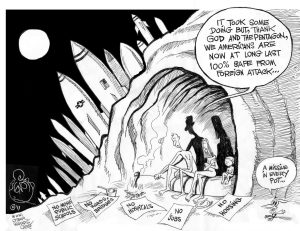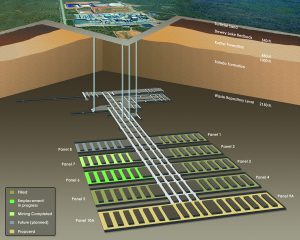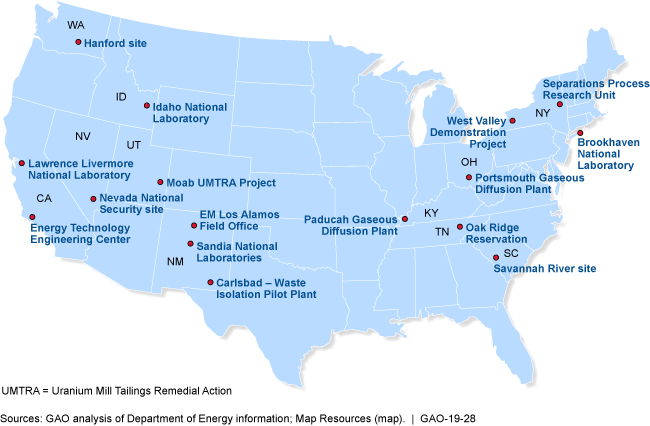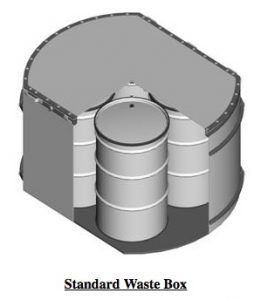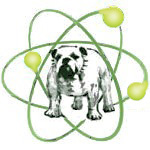Santa Fe, NM – Today the Department of Energy’s semi-autonomous nuclear weapons agency, the National Nuclear Security Administration (NNSA), announced that it will not complete a new site-wide environmental impact statement for the Los Alamos National Laboratory (LANL). The last site-wide environmental impact statement was in 2008.
Since that time a catastrophic wildfire burned to the western boundary of the Lab (likely to occur more frequently with climate change); an exploding radioactive waste drum improperly prepared by LANL shut down the Waste Isolation Pilot Plant for three years, costing taxpayers ~$3 billion to reopen; the full extent and depth of a hexavalent chromium plume contaminating the regional groundwater is still not fully determined; and LANL’s long track record of chronic nuclear safety incidences remain unresolved.

